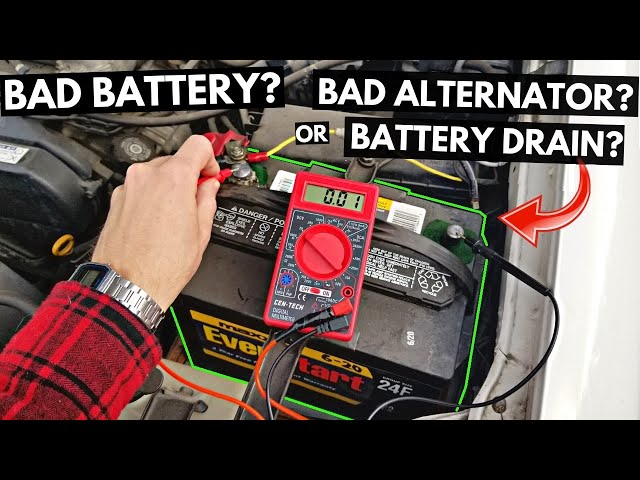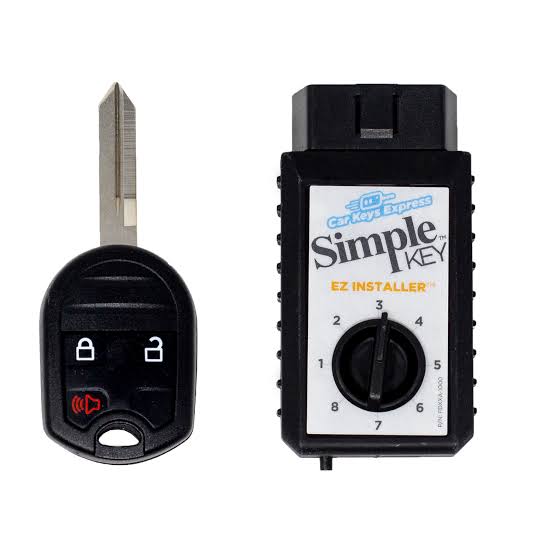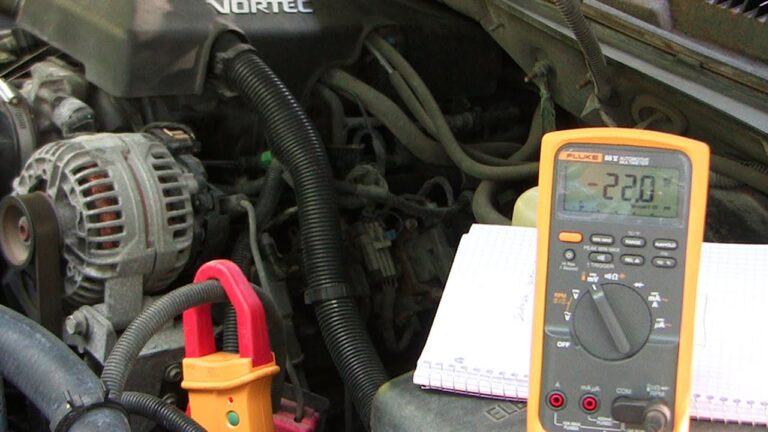Can A Bad Coil Pack Cause A Misfire?

A coil pack, also known as an ignition coil, is an essential component in your vehicle’s ignition system. Its job is to convert the low voltage from the battery into the high voltage needed to ignite the air-fuel mixture in the engine’s cylinders. If you’re experiencing a misfire in your engine, one of the potential causes could be a faulty coil pack. In this article, we’ll dive into how a bad coil pack can lead to a misfire, the symptoms of a bad coil pack, and how you can address the issue.
What Is a Coil Pack and How Does It Work?
A coil pack is a group of ignition coils that work together to provide spark to multiple cylinders in the engine. The coil pack sends electrical energy from the battery to the spark plugs, allowing them to ignite the air-fuel mixture in the engine. The ignition process is crucial for the engine to run smoothly and efficiently.
Each coil in the coil pack corresponds to a specific cylinder, and when the coil fails, it can prevent the spark plug from igniting the fuel in the corresponding cylinder. This lack of spark causes the engine to misfire, resulting in poor engine performance.
Can a Bad Coil Pack Cause a Misfire?
Yes, a bad coil pack can cause a misfire. When the coil pack malfunctions, it may fail to send the necessary voltage to the spark plugs, which means the engine won’t be able to ignite the air-fuel mixture in the affected cylinder. This leads to an engine misfire. Misfires can happen when:
- The coil pack cannot generate enough voltage.
- The coil pack is sending erratic or inconsistent voltage to the spark plug.
- A coil is completely dead and not functioning at all.
As a result, you may experience symptoms such as rough idling, engine hesitation, loss of power, and even a noticeable increase in fuel consumption.
Symptoms of a Bad Coil Pack
When a coil pack begins to fail, it can cause a range of symptoms that can help you diagnose the issue. Here are the most common signs that you may have a bad coil pack:
1. Engine Misfire
The most obvious symptom of a bad coil pack is an engine misfire. If the coil is not functioning correctly, one or more cylinders may not fire properly, leading to a rough-running engine. This is most noticeable during acceleration or while idling. The engine may hesitate or stumble when trying to maintain speed.
2. Rough Idling
A misfire caused by a bad coil pack can make your engine idle unevenly. The car may shake or vibrate when idling because the engine is not firing on all cylinders.
3. Decreased Engine Power
Since the coil pack is responsible for creating the spark that ignites the air-fuel mixture, a malfunctioning coil can result in a lack of power. You might notice that your car struggles to accelerate or feels sluggish when driving.
4. Check Engine Light
If a coil pack is causing a misfire, the check engine light will likely come on. Modern vehicles have onboard diagnostics (OBD) systems that can detect issues with the ignition system, including coil pack problems. If the car detects a misfire in one or more cylinders, it will trigger the check engine light.
5. Increased Fuel Consumption
When one or more cylinders aren’t firing properly, the engine will have to work harder to compensate. This can lead to an increase in fuel consumption, as the engine is not operating efficiently.
6. Difficulty Starting the Engine
In some cases, a bad coil pack can make it difficult to start the engine. The lack of spark may prevent the engine from firing up properly, leading to extended cranking times or a failure to start altogether.
What Causes a Coil Pack to Fail?
Several factors can contribute to the failure of a coil pack. Common causes include:
1. Wear and Tear
Like many other components of a vehicle, the coil pack can wear out over time. Continuous exposure to high heat and electrical loads can cause the internal components of the coil pack to degrade, resulting in a failure.
2. Corrosion
Corrosion can occur if moisture or dirt gets inside the coil pack. This can affect the ability of the coil to generate proper voltage, leading to poor engine performance and misfires.
3. Electrical Issues
A bad connection or loose wiring can interfere with the coil pack’s ability to deliver the correct voltage to the spark plug. This can cause misfires and other engine performance issues.
4. Faulty Spark Plugs
Sometimes, a faulty spark plug can place extra strain on the coil pack, causing it to fail prematurely. If a spark plug is worn out or damaged, it may cause the coil to work harder than necessary, which can lead to overheating and failure.
Diagnosing a Bad Coil Pack
If you suspect that a bad coil pack is causing your misfire, there are several diagnostic methods that a mechanic may use:
1. OBD-II Code Reader
The first step in diagnosing a coil pack issue is usually to check the OBD-II codes. A diagnostic tool will scan your car’s onboard computer for error codes related to the ignition system, including misfire codes (P0301, P0302, etc.). These codes can indicate which cylinder is misfiring, helping pinpoint the faulty coil pack.
2. Visual Inspection
The mechanic may perform a visual inspection of the coil pack and surrounding components. They will look for visible signs of damage, such as cracks, corrosion, or oil leaks that could be affecting the coil pack’s performance.
3. Swapping Coils
A mechanic may also swap the coil pack from one cylinder to another to see if the misfire moves. If the misfire shifts to the new cylinder, it’s a clear indication that the original coil pack was the cause.
4. Resistance Test
A resistance test can be performed on the coil pack to measure the electrical resistance within the coil. A significant deviation from the manufacturer’s specifications can indicate a faulty coil.
Replacing a Bad Coil Pack
If you find that one or more of your coil packs are bad, it’s important to replace them promptly. Driving with a bad coil pack can lead to further engine damage, decreased performance, and reduced fuel efficiency. The replacement process typically involves the following steps:
- Locate the Coil Pack: The coil pack is usually located on top of the engine, near the spark plugs. The exact location may vary depending on the make and model of your vehicle.
- Remove the Faulty Coil: Disconnect the electrical connector and unscrew the mounting bolts that secure the coil pack. Carefully remove the old coil from its mounting position.
- Install the New Coil Pack: Position the new coil pack where the old one was located, secure it with bolts, and reconnect the electrical connector.
- Test the Engine: After replacing the coil pack, start the engine to ensure that the misfire is resolved and the engine is running smoothly.
Conclusion
In conclusion, a bad coil pack can certainly cause a misfire in your engine, leading to symptoms like rough idling, decreased engine power, and poor fuel efficiency. If you notice these signs, it’s important to address the issue as soon as possible to prevent further engine damage. Diagnosing and replacing a faulty coil pack is essential to restoring your vehicle’s performance and ensuring a smooth and reliable driving experience. If you’re unsure whether the coil pack is the issue, it’s always a good idea to consult with a professional mechanic who can perform the necessary tests and get your car back to optimal performance.





